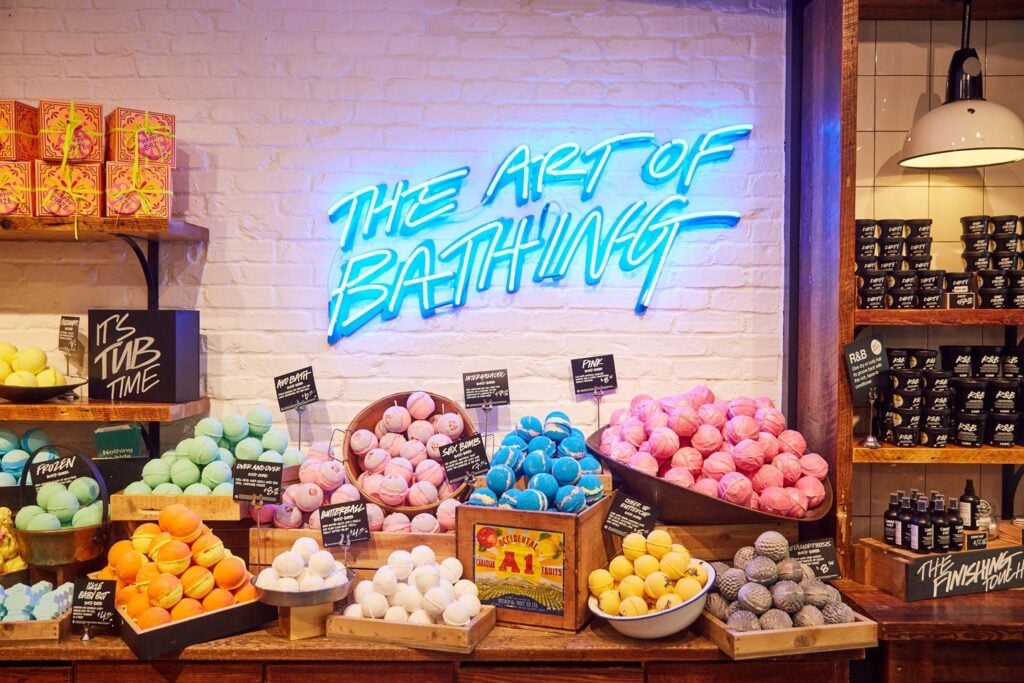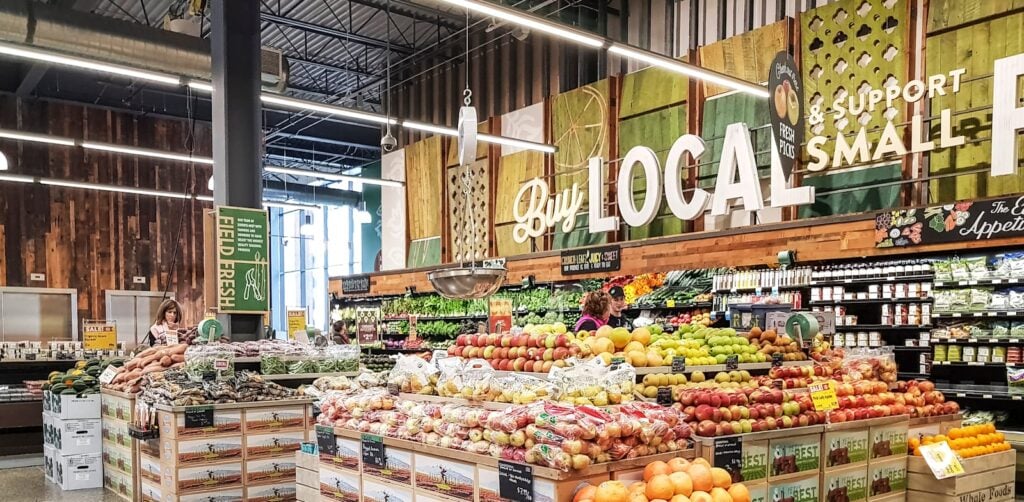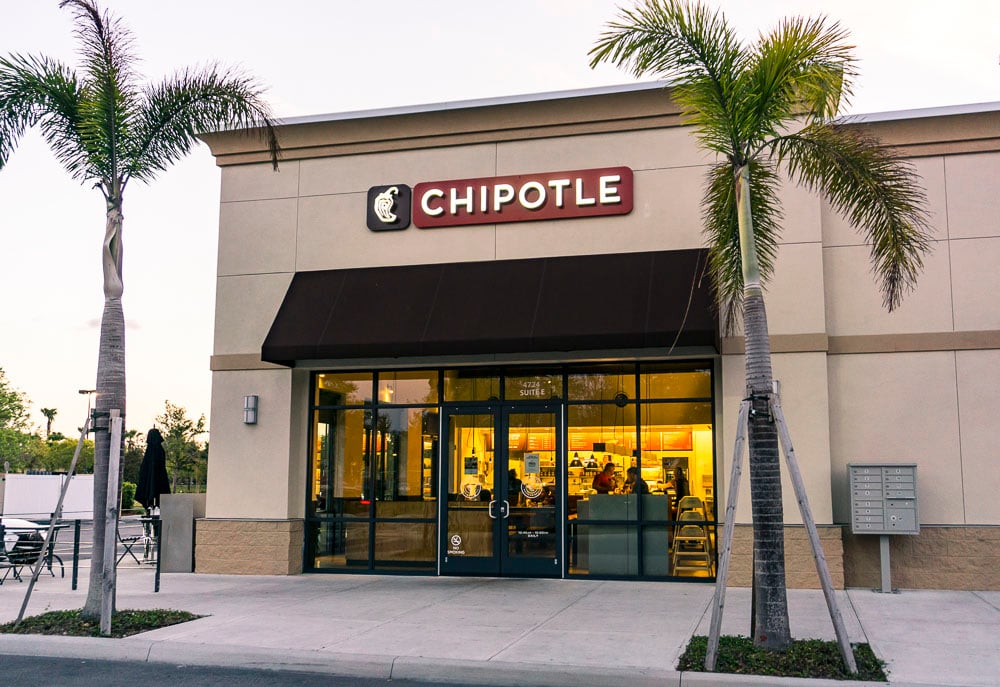Gone are the days when businesses were playing it safe. In the race to stand out in the market, businesses are increasingly focusing on strategic branding, pricing strategy and product differentiation, so that customers establish a preference for a particular brand.
So, let's say you've already spent thousands of dollars on marketing campaigns, but your sales are still flat. Uh oh. Perhaps the problem isn't your marketing efforts, but that you're not truly showing your customers how your products are different from others.
Let me take you through some of the most amazing product differentiation examples to give you a fresh perspective on what it means to stand out.
What Exactly is Product Differentiation?
Product differentiation is a marketing strategy through which a brand identifies its unique selling propositions in different market conditions, making it different from the competitors on the market. These propositions include choosing the right pricing strategy or pricing method that can then be leveraged in branding and messaging to attract the target audience and bring new customers.
After all, customers want to know why they should take a gamble on your brand if there are already similar products—or maybe high-end products at lower costs—in the market. Is it because of the high price point of your product? Or does your company offer a unique customer experience and meet consumer demand with competitive pricing? Are there any special benefits of using your product that other companies don’t offer, or are you only after a profit margin?
When such propositions are injected into price-sensitive marketing and branding companies, it makes the product line stand out and builds customer loyalty. Some of the elements that can make a product different include:
- Quality of the materials or the services
- "Affordable" pricing
- User experience (UX)
- Delivery
- Packaging
- Service design
- Customer support
- Product story
- Coupons or promotional codes
- Third-party service offers
- Economy, standard, and premium models
- Customization features
- Functionality
- Innovative features
The key to a successful product differentiation strategy and maintaining a customer base is to learn what the customers want. Companies need to identify the desires and frustrations of their customers through market research.
What exactly are they looking for in the products? Why are they dissatisfied with the products that already exist in the market? Is there any issue with the penetration pricing or price skimming strategy? Is there a solution to the problems of the customers? How can your product resolve your customer’s frustrations in the market?
Gathering answers to these questions is a crucial way of curating a successful product differentiation strategy. Companies can then leverage various marketing strategies, such as storytelling, visual effects, humor, or testimonials with different pricing in order to create awareness about their old and new product to attract customers.
Here, companies need to ensure that they are leveraging the most recent marketing trends to attract customers. For instance, companies have started to create accounts on TikTok since it has become popular worldwide. Using trends, companies can stay relevant in the industry and with their customers to create an effective bond with them and early adopters.
Brilliant Product Differentiation Examples Explained
1. Dollar Shave Club

The Dollar Shave Club is simply a subscription-based razor company. The company, also known for creating funny, over-the-top advertisements, was founded out of frustration with the high prices of razor blades, just like common consumers.
Building upon the sentiment that customers need affordable razors and the rising trends of subscriptions, Dollar Shave Club came up with a unique solution for buying shaving equipment. But that’s not it. The brand has done an incredible job tailoring their product, branding, and marketing strategy to a broad, overwhelmingly male audience.
A key to Dollar Shave Club's success is that the brand focused on creating a single product that can be used by everyone and not just by a few people, unlike other brands that have created different colored razors and packaging to target men and women separately.
Why It’s Brilliant
Dollar Shave Club has quickly risen to the top of the industry in just a few years. In fact, the company was acquired by Multinational Unilever for almost $1 billion after 5 years of its launch. The brand is not only known for its production costs or sales volume; it is also known for its unusual advertisement, value-based pricing, and getting millions of views online.
The company has also incorporated real customer testimonials to add an element of trust to its branding strategy. Word-of-mouth marketing has proven to be highly effective.
The main reason why Dollar Shave Club’s branding strategy works is that the brand shows that it is truly down-to-Earth in a world full of premium lifestyle e-commerce brands. The company has capitalized on the trend of subscriptions to create a competitive advantage—a low-price shaving solution for “everyone.” Most importantly, Dollar Shave Club has used humor to add a human factor to its campaigns, presenting the company as relatable with the right price point for its target audience.
2. Lush

Lush is known for creating handmade, vegetarian cosmetic products using ethically-sourced ingredients. The brand claims to have never tested its products on animals. And furthermore, almost 95% of products are vegan as well.
This is the key differentiation strategy of Lush in an industry where the majority of the companies focus on mass-producing products using artificial and low-par ingredients. Lush simply knew that there are tons of ‘unethical’ makeup companies in the industry already, whereas the production and distribution of cosmetics come in various shapes and forms.
For example, there are small businesses that distribute makeup from their homes with varied product pricing—ranging from a lower price point, to matching competitors’ prices, to using a competitive pricing strategy for cost-plus pricing.
On the other hand, there are also celebrities with their own brands that are beloved by fans and giant corporations that mass-produce hundreds of products every day, depending on their markup. So the market is not running out of any specific makeup product any time soon.
Nevertheless, Lush understood that a large demographic of cosmetic consumers have grown tired of using products that are laden with harsh chemicals and tested on animals. The beauty industry has already come under a lot of fire for its unethical practices.
Lush knew that if it they were going to make a difference, they needed to introduce products that defied all these practices and served as an alternative to the mass-produced chemical cosmetic products.
Why It’s Brilliant
Lush stands out in the market because it focuses on honesty and confidence when branding its products. Instead of creating a premium product with premium pricing, the company focused on authentic and ethically produced cosmetic products with a perceived social value that their customers will enjoy using.
And the company has already started becoming a central brand in the industry. It is quickly expanding across the world, with more and more stores opening every year. The company has also passed its $1 billion goal in yearly sales with different pricing strategies. Lush simply identified a common problem that exists in the makeup industry and decided to solve it.
Plus, the company is also selfless when it comes to its products. The stores offer free samples on almost all the products, allowing customers to test them before buying them.
3. Whole Foods

In the world of grocery stores, Whole Foods stands out with its unique customer experience. Yes, it is a store where you can get groceries. But what does Whole Foods do that makes it different from Trader Joe's, Fresh Market, or EarthFare?
Whole Foods focuses on a digital experience, storytelling, and content production. Whole Foods uses inbound marketing strategies to show that, when customers shop at the store, they are accessing a healthy and diverse range of selections. In other words, the company simply doesn’t market what you can get at Whole Foods. Instead, it shows how you can benefit from buying at Whole Foods and the experience you can get.
Why It’s Brilliant
Standing out as a grocery company might seem difficult at first when there are tons of grocery stores and supermarkets to choose from. However, the company has found a unique way to market to its customers.
In other words, Whole Foods simply knows how to sell itself in a world where online content and storytelling are key. The company isn’t boastful about its sales or the number of products it has in the store. Instead, it creates meaningful content that customers can relate to.
They know that most of their customers have become conscious of a green and healthy lifestyle. Accordingly, the company consistently shows how it is taking steps to promote such a lifestyle. For instance, the company got rid of plastic bags well early in 2008 to "walk the walk" of becoming more environmentally friendly.
The company has also focused on its store design, creating a unique and bright look to offer a positive atmosphere to its customers. Besides being just a grocery store, the company also regularly hosts events and runs multiple blogs to attract customers. In fact, the company has also partnered with shows such as Top Chef to further build its marketing strategy.
In short, Whole Foods is at par with the recent marketing trends in its industry. Storytelling in particular allows them to build loyalty with its customers and garner their attention.
4. Emirates

Low-cost carriers such as WizzAir and Ryanair usually focus on affordable ‘no-frills’ traveling as a way to stand out in the market, but Emirates has taken the opposite approach to differentiate itself in the market.
Located in Dubai, Emirates is the world's leading airline that operates in more than 80 countries. However, it is not just the number of flights it operates or the number of countries it runs in that makes Emirates stand out in the industry.
Instead, Emirates is all about its customer experience. Whether you are flying business or economy, Emirates wants to offer the best of the best flying experience to its customers. And this is why many people opt for this airline.
Why It’s Brilliant
The company takes great pride in its exceptional customer service. Even the cheapest of the flights comes with a variety of services, including onboard Wi-Fi, complimentary beverages, digital entertainment, and high-quality regional dishes for its customers.
The company also invests a lot in the latest technology to ensure that customers are getting the best value for money. Therefore, Emirates is known for its innovative customer-centric experience.
5. Chipotle

The food industry is perhaps one of the most competitive industries in the world. After all, who doesn’t love food? However, Chipotle knows that the key to sustaining a popular food business is to use high-quality ingredients, even if you sell fast food.
Chipotle stands out in the market, and it can also be seen in its marketing strategies. In a country where Mexican food is found at every corner, Chipotle doesn’t claim to have secret recipes or super cheap food. It instead focuses on cultivating unique flavors by using fresh, real ingredients.
The company sources its ingredients locally and all the fruits and vegetables are grown using sustainable practices. Chipotle prides itself on working with family farmers that are located within 130 miles of every location.
Despite being in the fast food industry, the company has worked towards serving food that tastes good without being excessively processed.
Why It’s Brilliant
Chipotle has publicly committed to only using ethically-farmed ingredients in its products. The company knows that even though Americans love their fast food, the culture is also slowly shifting towards a more sustainable lifestyle. This huge cultural shift is already causing many traditional fast food businesses to see a decline in their sales.
However, Chipotle stands out from its competition because it commits to ethical and sustainable practices in the fast-food industry. They are dedicated to maintaining high standards of cooking that definitely urges health-conscious customers to buy from them.
No wonder why Chipotle has been named America's favorite fast-casual Mexican restaurant for the third year in a row, receiving 61 percent of the votes. What further works in favor of the company is that customers are aware that getting high-quality ingredients, especially for a fast-food place, is neither cheap nor easy. However, the company still stays true to its commitments in order to cultivate a brilliant and tasty experience for its customers.
The Final Takeaway
If an organization wants to survive and increase its market share, then it needs to stand out from the competition by understanding both its competitive landscape as well as customer demand. However, this is only achievable if the company is able to create a product that is different from similar products in the market.
From their messaging and packaging to the marketing campaigns and pricing, business owners need to ensure their brand looks unique and follows psychological pricing rather than common pricing strategies.
Interested in learning more about product management, pricing models, and product pricing strategies? Subscribe to our newsletter and get regular updates delivered straight to your inbox.
Related read: Best User Interface Design Software Systems for Product Managers


